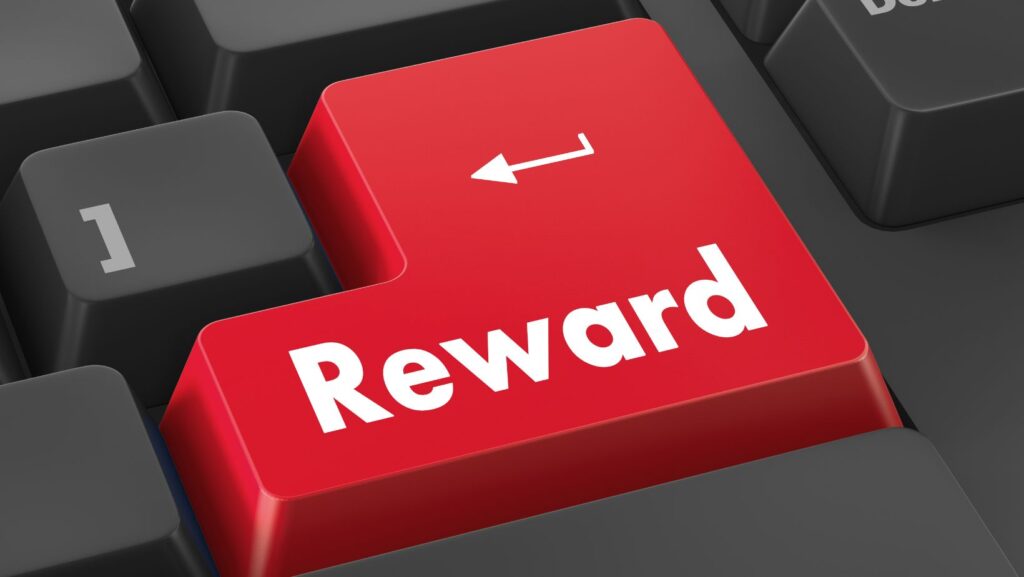In a competitive digital marketplace, how do you build a loyal customer base? For many brands, the default answer is “incentives.” This usually translates into a race to the bottom: 10% off, $20 coupons, or free shipping. While these monetary rewards can drive short-term sales, they rarely build long-term loyalty. They create transactional customers, not brand advocates.
The user who signs up today for a 20% discount will leave tomorrow for a 25% discount. This strategy is a “leaky bucket,” forcing brands to spend constantly on acquisition to replace the customers who inevitably churn.
There is a more powerful, sustainable alternative: non-monetary rewards. These incentives appeal to higher-level human needs—status, access, recognition, and community. They are far more “sticky” than cash and are the real secret to transforming a transactional user into a loyal fan. To understand why, we must first look at the psychological blind spot that makes us value access more than cash.
Table of Contents
ToggleThe Psychological Blind Spot: Why We Value Access Over Cash
To understand why non-monetary rewards work, we must first understand the psychology of motivation. Monetary rewards (like discounts or a publicly available casino promo code VulkanBet 50 free spins code) appeal to our rational brain; they are a simple calculation of value. The user takes the offer, the transaction ends, and no emotional bond is formed.
Non-monetary rewards (like “exclusive access”) appeal to our emotional brain. This emotional appeal is built on several key psychological principles that create a powerful, lasting sense of value.

Here are the psychological triggers non-monetary rewards activate:
- The scarcity principle. We perceive things as more valuable if they are less available. A $10 bonus that is available to everyone feels less special than a “members-only” digital badge that only 1% of users can earn. Scarcity implies exclusivity, making the user feel like they have something others do not.
- Social identity theory. We have an innate desire to belong to an “in-group.” Non-monetary rewards like “VIP status,” “Gold Member,” or access to a private community forum make users feel like they are part of an exclusive club. This sense of belonging is a powerful retention tool. Losing their status by leaving the platform means losing part of their social identity.
- The desire for recognition. A cash discount is anonymous and cold. A non-monetary reward, like public recognition (e.g., “User of the Month”) or a personal “thank you” from the company, provides validation and makes the user feel seen and valued. This is the foundation of gamification, where earning a badge or a new title provides a dopamine hit that a 10% discount cannot replicate.
This psychological power is what makes non-monetary incentives a cornerstone of E-E-A-T (Experience, Expertise, Authoritativeness, and Trustworthiness). They demonstrate that a brand has the Expertise to understand its users’ deeper motivations and the Authoritativeness to create a community worth belonging to.
Implementing this strategy does not require a massive budget. It simply requires a shift in perspective, from “What can we give them?” to “What can we let them access?”
Acquisition vs. Retention: A Tale of Two Incentives
It is crucial to understand that monetary and non-monetary rewards serve different, complementary purposes. Monetary rewards are excellent for acquisition, while non-monetary rewards are superior for retention.
Many platforms, particularly in high-competition spaces like e-commerce or iGaming, rely heavily on monetary incentives for acquisition. A user might search for a “50 free spins code,” use it, and then leave the platform forever. This is a purely transactional relationship. The code did its job—it acquired a user.
The problem arises when brands only use this strategy. They become a revolving door. A smart brand uses the “free spins code” to get the user in the door, but then immediately introduces non-monetary reward tracks to make them stay. For example:
- After the spins: “You’ve unlocked ‘New Member’ status. Complete 3 challenges to get our exclusive ‘Pro’ badge.”
- After the first week: “Thanks for playing. You’re invited to our private Discord server to chat with other players.”
This combination is powerful. The monetary offer solves the acquisition problem, while the non-monetary track solves the retention problem.
From Transaction to Relationship
If your business is stuck in a loop of offering endless discounts to keep users engaged, it is time to rethink your strategy. A 10% discount is forgotten the moment the transaction is complete. The feeling of being part of an exclusive community, of being recognized for your expertise, or of getting first access to new content, is a “sticky” reward that builds deep, lasting loyalty.
Stop competing on price and start competing on experience. Audit your current customer journey. Identify one single moment where, instead of offering a coupon, you could offer access or status. This small shift can be the beginning of building a community of loyal advocates, not just a database of transactional customers.




